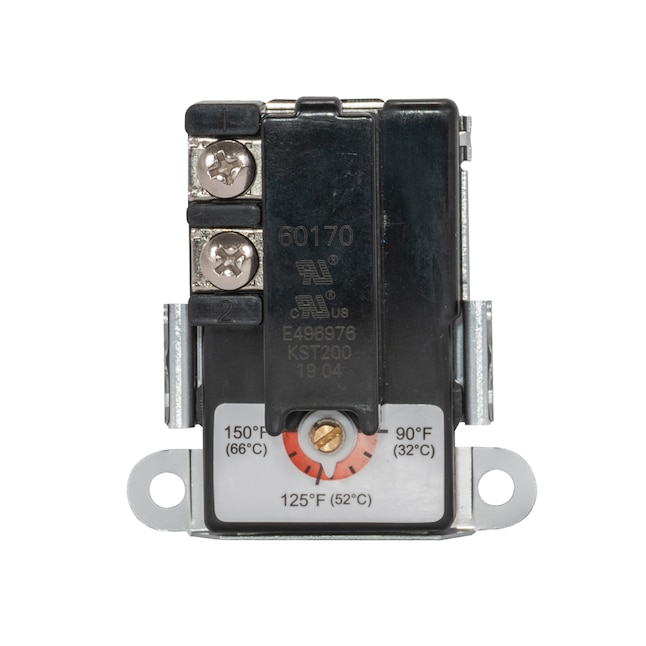Hedges
I See Electromagnetic Fields!
- Joined
- Mar 28, 2020
- Messages
- 20,632
Single pole contactor might serve to turn it on and off, and might be rated for the voltage. I prefer no hot wires when off. But contactor is remote controlled, could come on any time so up to you to protect yourself.
The circuit should be protected by double pole if fed 240V split-phase.
You could have 240V single ended circuit if the breaker is rated for it. If you put 230V L-N in a Square D breaker panel and use a single pole breaker, most aren't good for more than 120V. Some are (for 277V circuit), and the 3-pole ones are.
DIN rail breakers, many are rated for 230V or 277V. Some of the Midnight have a 120/240V sticker on them, but CBI sticker underneath corresponds to 277V, if I remember correctly.
The circuit should be protected by double pole if fed 240V split-phase.
You could have 240V single ended circuit if the breaker is rated for it. If you put 230V L-N in a Square D breaker panel and use a single pole breaker, most aren't good for more than 120V. Some are (for 277V circuit), and the 3-pole ones are.
DIN rail breakers, many are rated for 230V or 277V. Some of the Midnight have a 120/240V sticker on them, but CBI sticker underneath corresponds to 277V, if I remember correctly.




